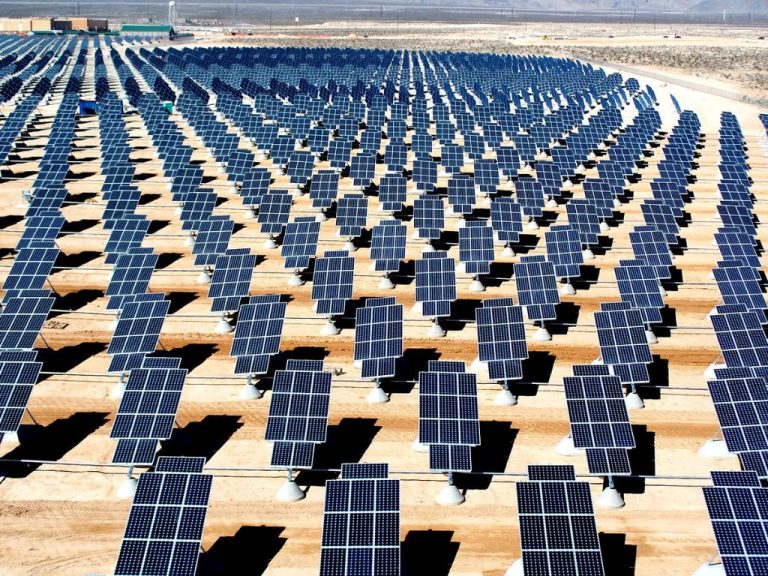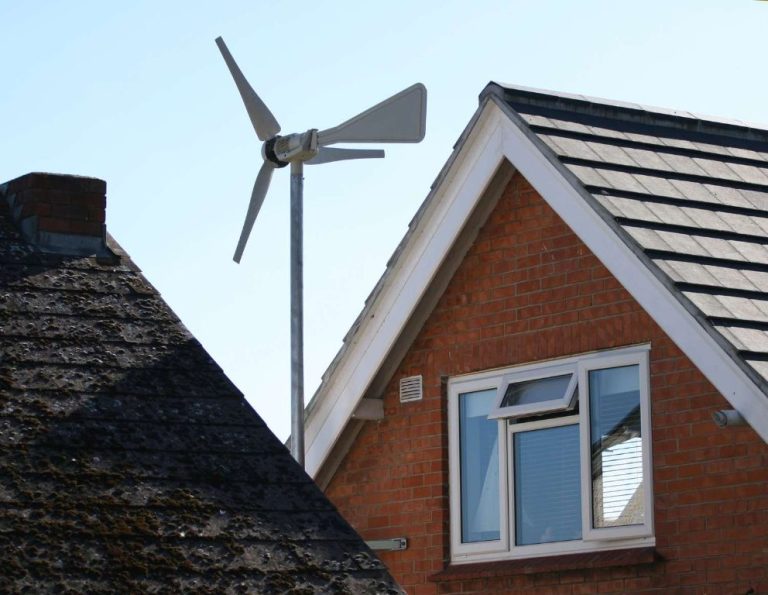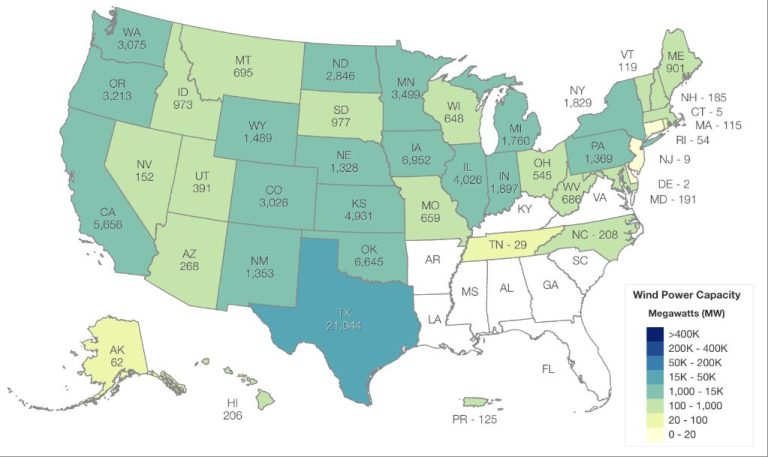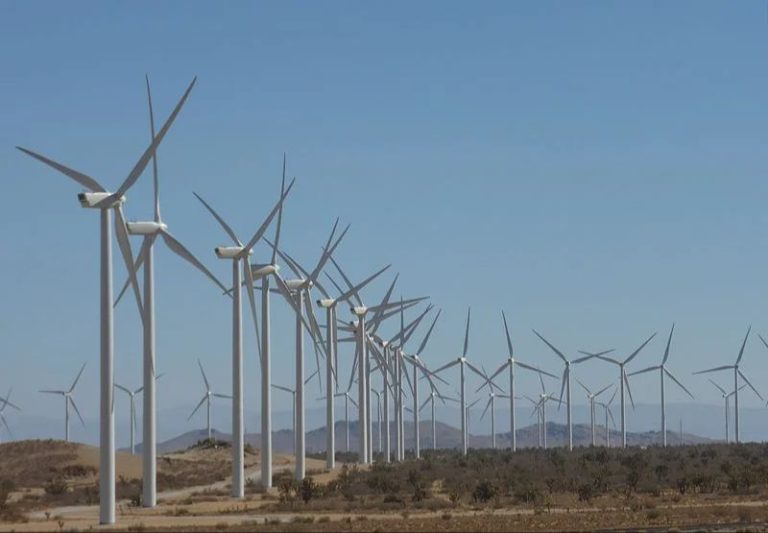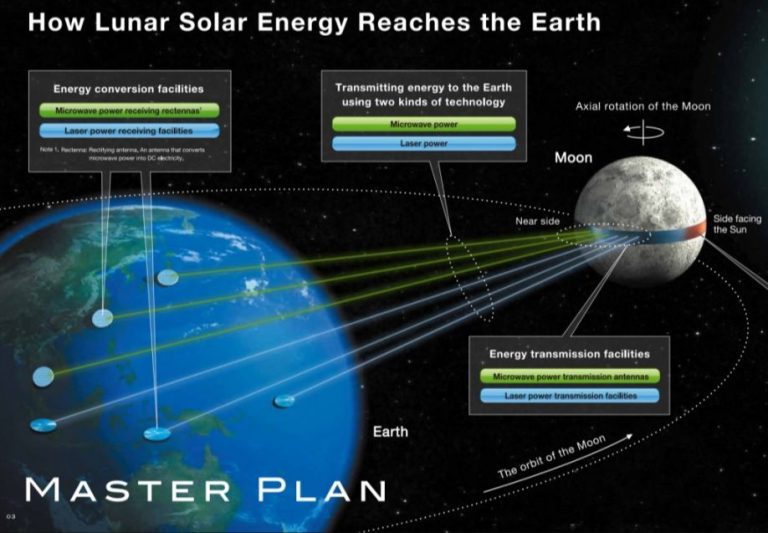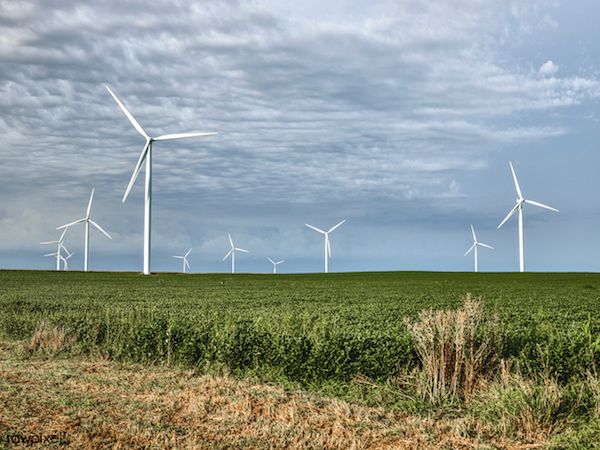Why Is Wind Power Unique?
Wind power harnesses the kinetic energy of wind and converts it into electricity. Windmills have been used for mechanical power for centuries, but the modern wind power industry traces its roots back to the 1970s oil crisis. During this time, research into alternative energy sources ramped up, leading to new turbine designs and applications of wind energy. Since then, wind power capacity has expanded rapidly due to technology improvements, government incentives, and cost reductions. Today, utility-scale wind farms comprised of dozens or even hundreds of wind turbines dot landscapes and coastlines around the world, collectively generating hundreds of gigawatts of clean, renewable electricity. Wind power will continue playing a major role as countries transition toward carbon-free energy systems this century.
Wind Power is Renewable
One of the key benefits of wind power is that it relies on wind, which is a renewable resource. Unlike fossil fuels such as coal, oil and natural gas that take millions of years to form and exist in finite supplies, the wind is constantly replenished through natural processes. Winds are generated by the uneven heating of the earth’s surface by the sun. As long as the sun continues to shine, the winds will blow and provide an endless supply of energy.
This makes wind power a sustainable long-term energy solution, unlike finite resources that will eventually run out. Wind turbines can continue capturing energy from the wind as long as they are properly maintained. In this way, wind power generation can continue indefinitely without being depleted. This helps create energy independence and protects against fuel price hikes and scarcity. The renewability of wind makes it a smart choice for clean, renewable energy well into the future.
Wind Power is Clean
One of the main advantages of wind power is that it generates electricity without producing air pollution or greenhouse gas emissions. Wind turbines operate through a natural process, harnessing the kinetic energy of wind to spin turbines and generate power. This process does not require the burning of fossil fuels or release any harmful byproducts.
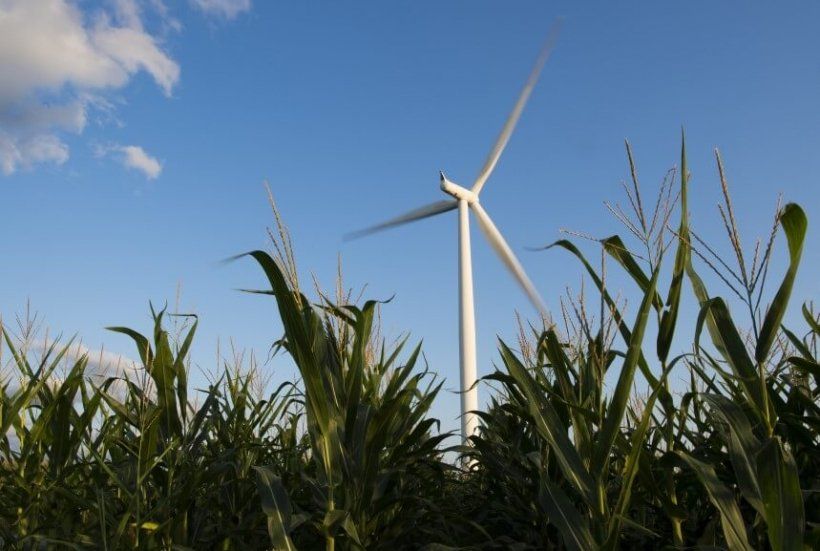
In contrast, traditional power plants that burn coal, natural gas, or oil release carbon dioxide, nitrogen oxides, sulfur dioxide, particulate matter, and other pollutants into the atmosphere. These emissions contribute to smog, acid rain, and climate change. Wind power avoids all of these detrimental environmental impacts.
According to the U.S. Environmental Protection Agency, wind power facilities produce over 30 times fewer greenhouse gas emissions per unit of electricity compared to the average air-polluting fossil fuel power plant. By displacing power generation from fossil fuels, wind energy reduces air pollution and provides significant public health benefits. Studies have estimated U.S. wind projects help avoid over 12.3 million metric tons of carbon dioxide emissions annually, which is equivalent to taking 2.75 million cars off the road.
The zero-emission nature of wind power makes it a key technology for environmental sustainability. Wind energy will be vital for reducing pollution, maintaining clean air and water, and meeting ambitious climate goals. The growth of wind power translates into cleaner air for everyone to breathe.
Wind Power is Abundant
Wind is an abundant natural resource that can produce massive amounts of electricity for the world. Wind turbines only need average annual wind speeds of 6-9 miles per hour to effectively generate power. Globally, technical estimates suggest wind power could provide more than 20 times the world’s current electricity demand. Wind resources are widely distributed across most major continents and regions. In the United States, wind capacity potential estimates range from 10-12 times the nation’s current electricity needs. Many high wind areas coincide with areas of high electricity demand, such as large coastal cities. The immense potential of onshore and offshore wind represents an opportunity to power communities with a free, inexhaustible fuel source.
Wind Power is Cost-Effective
The cost of wind power has decreased dramatically in recent decades, making it one of the most affordable energy sources. According to the U.S. Department of Energy, the average cost of wind power fell by 69% between 2009 and 2020. The levelized cost of wind power is now competitive with conventional sources like coal and natural gas.
The main driver behind wind’s falling costs is technological advancement. Taller towers, longer blades, and more reliable turbines have increased wind farm productivity. At the same time, improved manufacturing techniques and economies of scale have reduced production costs. The combination of better performance and lower capital costs has made wind very economical.
In many areas, wind is now the lowest cost option for new electricity generation. A 2021 report by Lazard found that the unsubsidized levelized cost of wind power ranges from $26-54 per megawatt-hour, compared to $44-68 for natural gas combined cycle and $65-159 for coal. As technology continues to improve, wind is projected to become even more affordable in the years ahead.
Wind Power Supports Jobs
The wind energy industry is a major driver of economic growth and job creation. Based on data from the American Wind Energy Association, wind power supported over 120,000 jobs in 2020. Many of these are good-paying skilled jobs in manufacturing, construction, installation, operation, and maintenance of wind farms across the country.
Building and maintaining wind turbines requires expertise in several industries including transportation, engineering, and construction. This leads to job creation along the entire supply chain. Blade, gearbox, and generator manufacturing have seen major growth thanks to wind power projects. There are also many technical and logistical jobs involved in transporting, installing, and running wind turbines.
Once wind farms are constructed, local communities benefit from ongoing maintenance and management jobs. Wind turbine technicians are in high demand to inspect, diagnose, and repair wind turbine equipment. The Bureau of Labor Statistics predicts this occupation will grow by 61% over the next decade. Overall, the wind power industry will continue creating good domestic jobs and driving economic revitalization across America.
Wind Power is Reliable
Wind power is a stable and reliable source of electricity for energy grids. Modern wind turbines are engineered to operate continuously and provide grid-compatible power. Advances in turbine technology, forecasting tools, and grid operations enable wind power to meet energy demands reliably.
Wind turbines generate power with capacity factors of 35-45%, meaning they produce electricity 35-45% of the time on average. While wind speeds change throughout the day, individual wind turbines are interconnected across large geographic regions to smooth out variations. No energy source is 100% available, but aggregating wind farms makes generation more consistent.
Sophisticated weather forecasting clarifies wind power availability days ahead of time. Grid operators routinely balance electricity supply and demand, so knowing when wind speeds will fluctuate allows them to schedule power from other sources as required. Wind and solar power forecasts are now as accurate as load forecasts.
Battery storage and responsive conventional power plants complement variable wind power. Storage collects surplus wind energy when available and dispatches it when needed. Flexible natural gas plants can quickly scale output up or down to accommodate wind. These grid integration solutions make wind power highly reliable.
Wind Power is Versatile
Wind power can be generated in various ways to meet different energy needs. Onshore wind turbines are the most common, using towers on land to capture wind and generate electricity. Offshore wind projects place turbines offshore where stronger, more consistent winds can produce more power. Distributed wind projects use smaller turbines installed onsite to directly power homes, businesses, schools, and more. Hybrid projects combine wind with solar, storage, and other technologies for customized solutions.
The versatility of wind power allows it to be developed at large scales like wind farms as well as smaller, distributed setups. Wind can meet grid-scale demands through utility projects while also powering off-grid locations through distributed and hybrid systems. Wind power’s flexibility enables it to be tailored to different sites, needs, and applications.
Wind Power Complements Other Sources
One of the unique advantages of wind power is that it complements other renewable energy sources like solar, hydroelectric, biomass, and geothermal. Most places have a combination of renewable resources available, and using a diverse mix helps overcome limitations of any single source.
For example, solar power generates the most electricity during the daytime when the sun is shining, while wind speeds tend to pick up more overnight. Hydroelectric can be inconsistent depending on rainfall and reservoir levels. Geothermal depends on the availability of underground hot water sources. Biomass relies on continual harvesting and processing of organic materials.
By combining wind with these other generation methods, utilities and grid operators can draw on the strengths of each to deliver reliable renewable power around the clock. Wind’s intermittent yet predictable nature balances out variability from solar and hydro. Wind turbines also work efficiently in more locations than geothermal or biomass.
The diverse mix provides resilience as well. If there’s a drought that reduces hydro output, wind can help pick up the slack. When it’s cloudy for days and solar output suffers, wind may be blowing strongly. This complementarity enhances energy security and helps the system adapt to changing weather conditions. Overall, wind’s ability to complement multiple other renewable sources makes it an attractive component of a clean, sustainable energy portfolio.
The Future of Wind Power
The future looks bright for wind power. Installations of wind turbines are expected to continue growing rapidly in the years ahead. According to projections, global wind power capacity could reach over 2,100 gigawatts by 2030, up from around 650 gigawatts today. That would be enough to meet over 10% of the world’s electricity demand.
Several key factors are driving continued growth in wind power. Costs have fallen dramatically in recent decades, making wind competitive with fossil fuels. Wind turbine technology keeps improving, with larger and more efficient turbine designs. Governments are taking steps to reduce greenhouse gas emissions and increase renewable energy. Corporations are making major investments and commitments related to clean energy. And public support for renewables remains high.
In addition, innovations on the horizon promise to further advance wind power. New offshore wind turbine designs allow placement in deeper waters further from shore. Floating offshore wind platforms can be located where winds are strongest. Automation and robotics will enable less expensive O&M. And improved forecasting will make electricity delivery from wind more predictable. With such innovations, wind power’s efficiency and capacity factor can continue to grow.
While obstacles remain, the stage is set for wind energy to fulfill an expanding role in powering the planet sustainably far into the future. With its abundant, free fuel source, wind power is positioned to be a prominent player in the global energy transition now underway.

